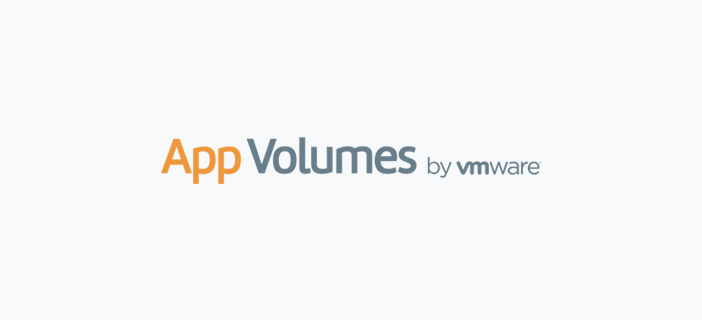Introduction to Creating VMware App Volumes AppStack
Now as we are done with the installation of App Volumes Manager & App Volumes Agent on the provisioning host, next step is to create AppStacks to provision applications on to Virtual Machines. AppStacks are read-only volumes containing applications or can be referred to application containers. You can assign an AppStack to AD user accounts, OU’s or to computer accounts to enable delivery of applications to end users.
You can combine your organization’s core applications into a single AppStack making the AppStack easy to assign to Active Directory users. You can make applications updates available either immediately or on next login or reboot. One assigned, AppStack virtual machine disks (VMDKs) are mounted as read-only and shared among all virtual machines (VMs) within the data center.
App Volumes supports AppStack integration with Microsoft RDSH shared desktops and published applications. RDSH integration is as easy as deploying the App Volumes Agent on the RDSH host. After the agent is deployed, the AppStack assignment is handled through the machine assignment process (by computer name) in the App Volumes Manager interface.
In this blog post, I will be demonstrating how easy it is to create a VMware App Volumes AppStack and in the next blog to the series will demonstrate how easily you can provision application to the virtual desktops using App Volumes realtime.
When configuring App Volumes with VMware Horizon View an App Volumes AppStack is a read-only VMDK file that is added to a user’s virtual machine, and then the App Volumes Agent merges the two or more VMDK files so the Microsoft Windows operating system sees the files as just one drive. This way the applications look to the Windows OS as if they are natively installed and not on a separate disk.
Creating VMware App Volumes Step by Step
Summary
This concludes the creating of VMware App Volumes AppStack with all the core applications in a single AppStack. Next, I will be demonstrating how you can provision applications real time using App Volumes to a Virtual Deskt0p. Hope this will be informative for you. Thanks for Reading !!!. Be social and share if you find worth sharing it.
